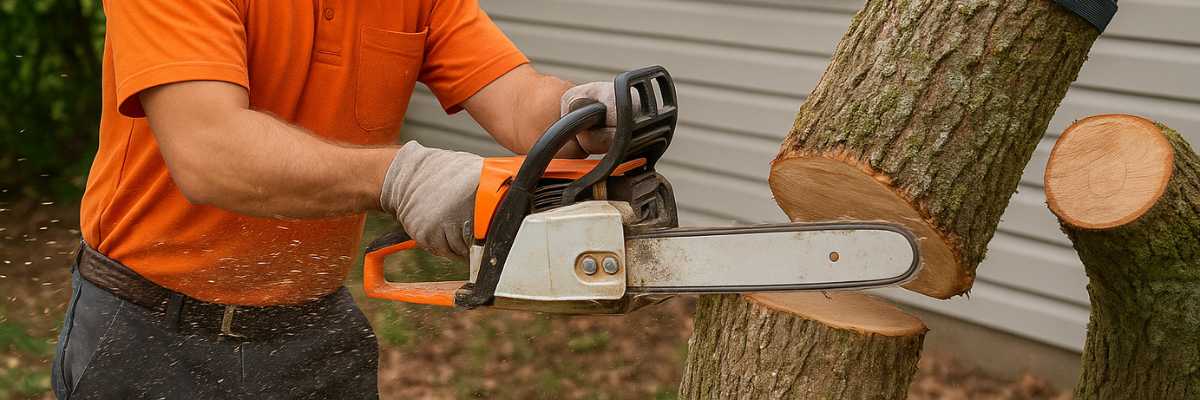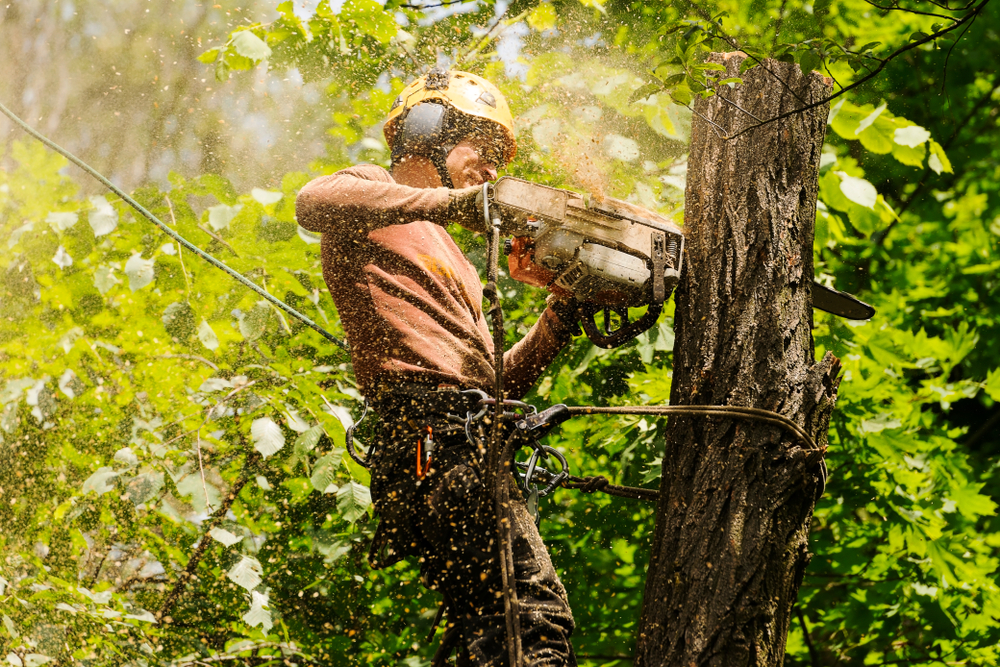Clearing your Space? Explore Tree Removal Costs Across Australia and Key Factors that Shape Pricing
Trees are a beautiful and essential part of nature, but sometimes they must be removed due to disease, safety concerns, or landscape changes. If you're wondering how much tree removal costs, various factors like tree size, location, and complexity impact the final price.
How much does it cost to cut down a tree? Tree cutting involves specialized skills, precision, and professional tools to ensure safe removal. Likewise, if you're considering how much it costs to remove a tree entirely, stump removal and site cleanup may add to the total expense.
Tree removal can be time-consuming and risky, so hiring experts is often the best choice. If you need professional help, check out tree removal experts. This guide covers detailed tree removal costs in Australia and the key factors that affect pricing.
Tree Removal Cost Based on Tree Size
- Small Tree (5-6 meters): $250-$950
- Medium Tree (6-9 meters): $650-$1,500
- Large Tree (9-20 meters): $1,000-$3,500
- Extra Large Tree (20-50 meters): $2,500-$10,000 or more
What Factors Influence Tree Removal Costs?
Size and type of tree: The tree removal cost is affected by the size and type of the tree, as larger trees and certain species require more labour and equipment.
Tree condition: The condition of the tree, particularly its structural integrity and overall health, affects the cost of removal; sick or compromised trees are more expensive to remove.
Location: The location of trees on the property influences how difficult they are to remove; trees close to buildings or electricity lines need extra care and may cost more.
Accessibility: Hard-to-reach locations may require more labour and equipment, yet accessibility to the tree can reduce costs.
Nearby obstacles: Nearby obstacles, such as trees, fences, and buildings, might make tree removal more difficult and expensive.
Permits: Tree removal may need permission. You need permission from the local council.
How is a Tree Safely Removed?
- To choose the safest approach, the first step in tree removal is to assess the tree's size, circumstances, and surroundings.
- For larger trees, tree removal teams often use cranes in addition to chainsaws and ropes.
- To clear the tree's canopy, branches are cut from top to bottom and carefully lowered to the ground.
- The trunk is cut into manageable sections from the top, working their way down to prevent damage.
- Techniques like strategic rigging or crane assistance securely dismantle and remove pieces from large or confined trees.
- Using a stump grinder, the last piece of the stump below ground is removed after the tree has been cut down.
- Throughout the process, workers and nearby property are the priority for safety.
What Tree Care Jobs Arborist Offer?
- Tree pruning and trimming
- Tree planting and transplanting
- Tree health assessment and diagnosis
- Tree removal
- Tree risk assessment
- Consultation and planning
- Tree preservation and conservation
- Land clearing
- Tree felling and lopping
Does Removing a Tree Require Permission?
Tree removal usually requires council permission, particularly if the tree is protected or in a residential area. You must provide evidence of disease or danger for the removal order of protected tree species. Councils often require an inspection and report from an arborist.
- $75–$100 for one to five tree inspections
- $20 to $25 for each additional tree
- $35 submission fee to the council
These procedures and costs need to be followed systematically. You must get permission and ensure proper tree removal.
What Factors To Consider When Choosing a Company?
- You must consider experience, qualifications, and price.
- You can obtain multiple quotes and avoid selecting only the least expensive choice.
- You should work with licensed arborists who have insurance coverage.
- They should provide professional services to ensure safe and effective tree removal.
Selecting unlicensed individuals puts you at risk for costly damages or injuries. You can lower future dangers and expenditures by choosing qualified professionals. You must put quality and safety first for tree removal on your property.
Cost-Saving Tips for Tree Removal
Here are some helpful tips to reduce the cost of tree removal:
- You can combine tree removal with other tasks, such as pruning or trimming.
- You can work with neighbours to organise tree removal projects and split the expenses.
- If you want a better deal, plan tree removals during off-peak hours.
- Take charge of the debris cleanup yourself to reduce labour costs.
- At least get 3 to 4 quotes to compare the prices of various trustworthy companies to find the best deals.
- You can maintain trees to prevent the need for costly removal in the future.
- You can also check for community programs that provide financial assistance.
Conclusion
When considering tree removal, you can make informed decisions by assessing factors like tree size, condition, and location. You should obtain multiple quotes from reputable companies to manage costs effectively.
You can also collaborate with neighbours to share expenses and schedule removals during off-peak hours for better rates. Safety, service quality, and proper tree care are crucial for successful tree removal and property maintenance.



![How Much Does An Arborist Report Cost? [2025]](https://servicetasker.com.au/storage/2024/01/1706530933.jpg)



